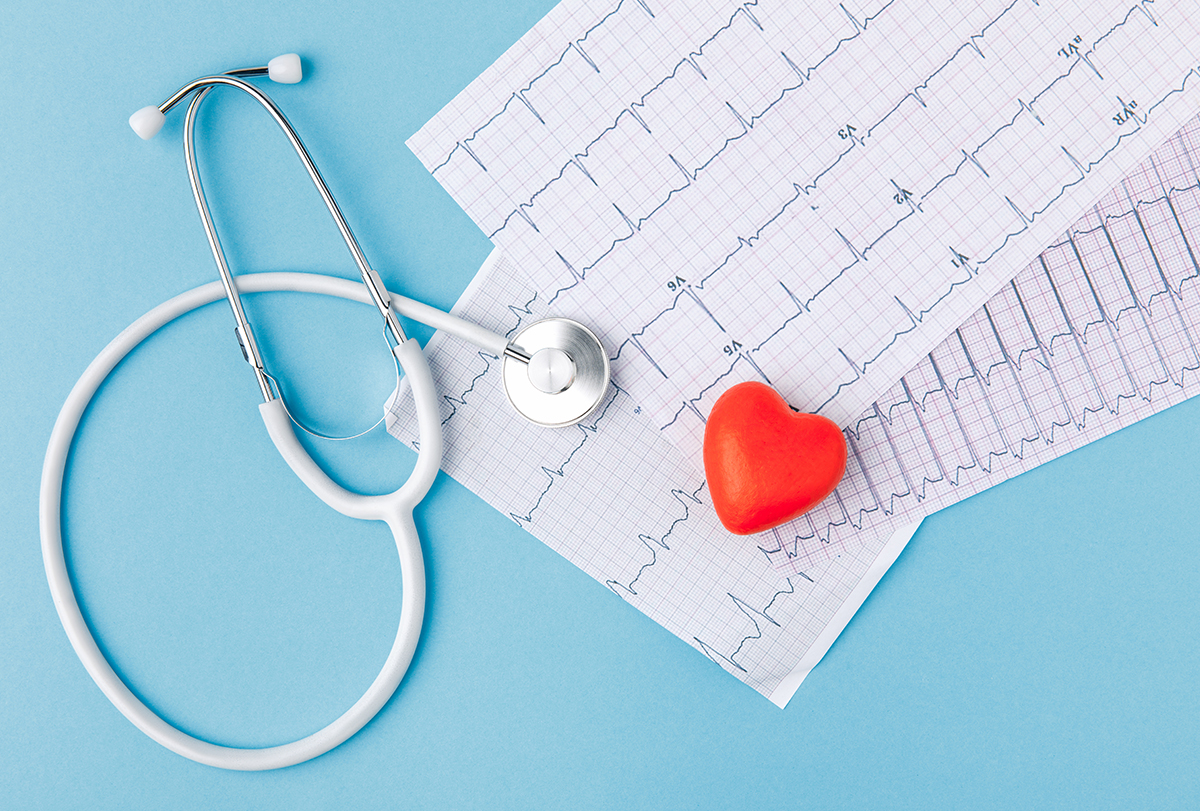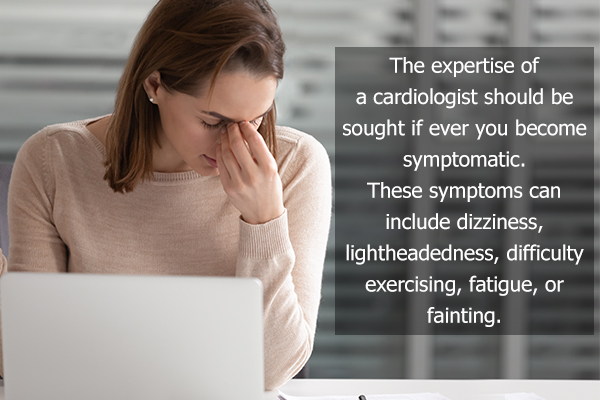In this article:
Heart rate is defined as the number of times your heart beats or pumps blood in a minute. It’s what people know as pulse, and it is one of the prime indicators of health status.

You need a good heart rate to maintain proper blood supply to all the vital organs in the body. These organs need fresh, oxygenated blood to carry out their functions, which keep you alive.
If your pulse is abnormally low, it usually means your heart is not pumping enough blood to meet your body’s needs, which can lead to generalized weakness and other potentially fatal consequences.
What Is a Normal Heart Rate?
A normal heart rate in an adult ranges between 60 and 100 beats per minute. (1)
For children less than 16 years of age, the normal heart rate range depends on age. For example, the normal heart rate in a newborn baby can be up to 150 beats per minute and even higher if the baby is crying. (1)
Bradycardia and Its Possible Causes
The medical term for a heart rate that falls below the normal range is bradycardia. Bradycardia can occur for various reasons.
The possible causes of bradycardia include issues with the conduction system in the heart, electrolyte issues, eating disorders, athleticism, medications, heart surgery, and metabolic conditions such as hypothyroidism.
Having a low heart rate does not always mean that something is wrong with your heart. People with a low heart rate may not have any symptoms at all, but some people may be symptomatic.
Symptoms Associated With Bradycardia

Symptoms of a low heart rate can include:
When Is a Low Heart Rate Dangerous?
A dangerously low heart rate is one where you experience the above-listed symptoms. These symptoms can greatly affect your quality of life and how you feel. They can also cause you to fall and injure yourself or get into an accident.
Whenever you feel the onset of such symptoms, either call for help or place yourself in a sitting or lying position. The expertise of a cardiologist should then be sought to determine the underlying cause of your bradycardia and pursue the necessary treatment.
Cardiovascular Conditions That Can Lower Heart Rate
Certain heart ailments can lead to a slow heart rate. These conditions may be congenital or acquired.
A congenital defect is one you are born with. Babies can have a condition called congenital heart block that causes their heart rate to be extremely slow while in their mom’s belly, and this can carry on right through birth.
Once born, they may likely need a pacemaker depending on the extent of the heart block. The congenital heart block may be due to an autoimmune condition, such as lupus or Sjogren’s syndrome, in the mother.
An acquired defect is one obtained after birth. Some diseases can lead to an acquired heart block and also cause the heart rate to be slow. Such diseases include sarcoidosis, Lyme disease, and coronary artery disease (blockage of the heart’s small arteries) with or without a heart attack.
Treatment for Symptomatic Cases of Bradycardia

The cardiologist may refer you to an even more specialized cardiologist called an electrophysiologist (EP) if you are experiencing symptoms from your low heart rate.
The EP doctor may conduct his own set of studies in addition to what has already been done by the cardiologist. In extreme conditions, a pacemaker may be recommended. A pacemaker is a small device inserted under the skin and connected to the heart via wires to help maintain a good heart rate.
The pacemaker settings can be adjusted outside of the body using magnets. Every several years, the battery life of the pacemaker comes to an end and has to be replaced.
Diagnosing Bradycardia
The cardiologist will assess your bradycardia symptoms by taking a good history, performing a physical exam, and requesting testing procedures. These tests may include an electrocardiogram (EKG) and echocardiogram.
An EKG gives the cardiologist a quick snapshot of how the conduction system in your heart works. An echocardiogram is an ultrasound of your heart. It allows the cardiologist to evaluate the anatomy and function of your heart.
Any heart conduction abnormalities or structural issues can be picked up by the EKG and echocardiogram, respectively. The cardiologist may also recommend a heart monitoring device called a Holter monitor to evaluate your heart rate and rhythm over a longer period.
The cardiologist also may recommend an exercise stress test to evaluate your heart rate and rhythm with activity. This is usually done on a treadmill while you are hooked up to an EKG machine. The speed and steepness of the treadmill are increased periodically to “test” your heart.
How Does Routine Exercise Help Your Heart Rate?

Routine exercises that can help safely lower your heart rate include aerobic exercises, such as walking, jogging, running, bicycling, and swimming. The key is routine. The exercise you choose should be one that you can do consistently and enjoy!
The American Heart Association recommends that children 6–17 years of age engage in one hour of moderate to vigorous activity every day. Adults are recommended to exercise for 150 minutes per week. (3) Those who do not exercise regularly can start with a leisurely walk and build to a brisk walk (2.5 miles per hour) and maybe an eventual jog!
By creating an exercise routine, your heart over time will become more efficient. It does so by pumping out the same amount of blood at a lower heart rate. This helps conserve some of the heart’s energy.
Foods That Help Maintain a Good Heart Rate
Eating heart-healthy foods is a good way to maintain cardiovascular fitness and thus a good heart rate.
You should eat 5–7 servings of fruits and vegetables a day. Also, consume high-fiber foods, such as oats, grains, and cereals. Eating lean proteins such as boneless, skinless chicken or salmon also promotes heart healthiness.
Your diet should limit foods high in sugar, cholesterol, and saturated fats. Saturated fats are a type of unhealthy fat that can be found in butter, cheese, fatty beef, or chicken with skin. You should also aim for a daily water goal of 64 ounces per day.
Final Word
The best way to normalize your slow heartbeat and secure your overall cardiovascular health is by adopting a healthy lifestyle along with your doctor-prescribed treatment. This includes eating right, staying active, and letting go of harmful habits.
Partner with your doctor to come up with the most suitable treatment plan that is customized to your individual needs. Go for frequent follow-ups, and keep your doctor informed about any new symptoms.
- Was this article helpful?
- YES, THANKS!NOT REALLY


